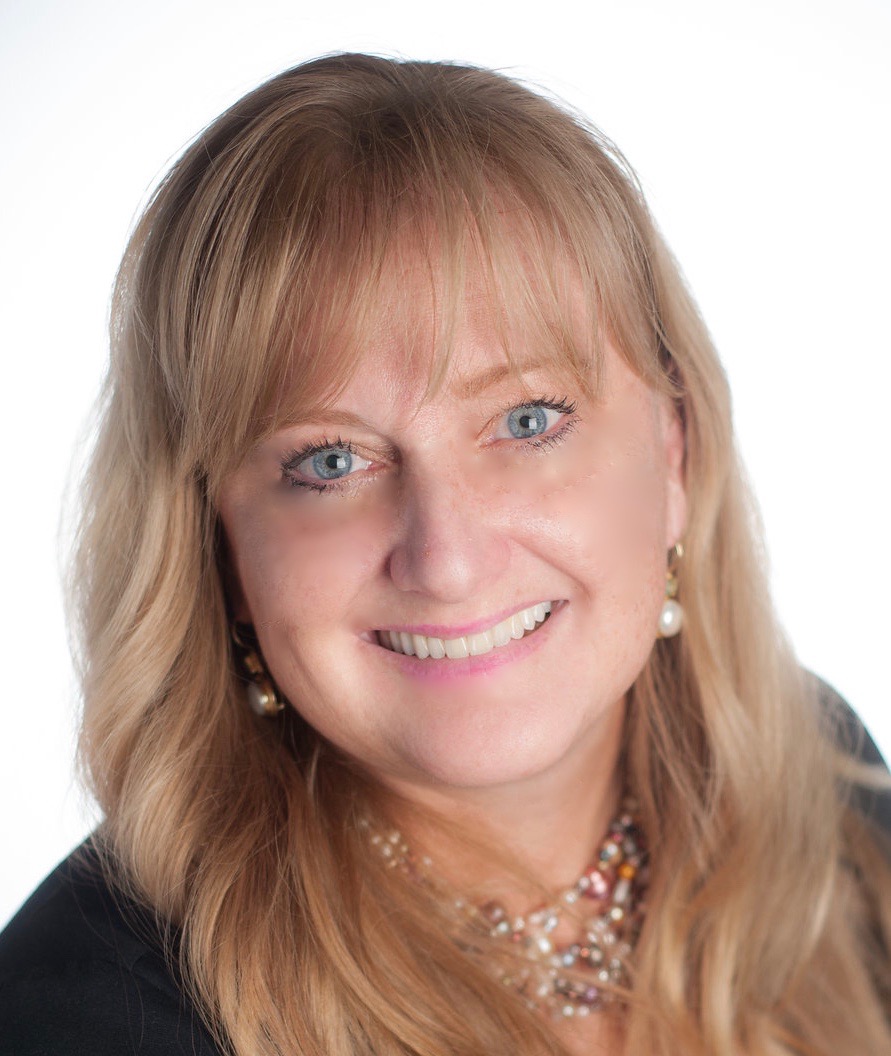- Book Reviews THE HEIR APPARENT by Rebecca Armitage
- Book Reviews THIS IS NOT ABOUT US by Allegra Goodman
- Book Reviews STORM WARNING by James Byrne
- Children's Book Reviews THERE’S NO PLACE LIKE GNOME by Scott Magoon (picture book)
- Children's Book Reviews OUR AIR by G. Brian Karas (Picture Book)
- Book Reviews DETOUR by Jeff Rake and Rob Hart
- Book Reviews THE DEFINITIONS by Matt Greene
- Book Reviews AND THEN THERE WAS YOU by Sophie Cousens
- Book Reviews THE MERGE by Grace Walker
- Book Reviews LIKE FAMILY by Erin O. White
My visit to the United Egg Producers Conference
Conventional vs. cage free – it it worth the extra money?
Being an animal lover, I always wondered was it worth paying the extra money for cage-free eggs, and honestly what does cage free even mean? After listening to the experts and seeing the cages for myself, it was clear that one type of house is not better than the other.
Although there is no clear winner, and people are divided on this issue, the United Egg Producers wanted to stress the importance of choice. A consumer should be able to go to the food store and pick out what type of egg they feel is best for their family. Also, it is important to note that there is no proven health difference between an egg from a cage or cage-free chicken, nor between a brown and a white egg.
There’s a lot of nutrition packed into that little egg!
After ending the day with listening to Dr. Patricia Hester speak about the Science-Based Animal Welfare Program, Krista Eberle discuss the Food Safety Program, as well as talks by Dr. Peter Holt and the UEP President, Gene Gregory – I was able to learn even more.
Since eggs have the second highest biological value next to breast milk, eggs are a cheap way to add high quality nutrition into meals. As we all know, healthier food is often more expensive, which is why in an economic downturn it is important to have affordable, healthy food options available to consumers.
I learned so much from my trip – I could keep writing pages about eggs from all the information I gathered. Who knew there was so much to know about eggs?!
Since going to an egg farm might not be plausible for you, instead you can tour an egg farm virtually on the United Egg Producers website.
Lauren Bocskocsky is a recent graduate of Bentley University and a Project Manager at Mom Central.
-
 THE HEIR APPARENT by Rebecca Armitage
THE HEIR APPARENT by Rebecca Armitage
-
 THIS IS NOT ABOUT US by Allegra Goodman
THIS IS NOT ABOUT US by Allegra Goodman
-
 STORM WARNING by James Byrne
STORM WARNING by James Byrne
-
 THERE’S NO PLACE LIKE GNOME by Scott Magoon (picture book)
THERE’S NO PLACE LIKE GNOME by Scott Magoon (picture book)
-
 OUR AIR by G. Brian Karas (Picture Book)
OUR AIR by G. Brian Karas (Picture Book)
-
 DETOUR by Jeff Rake and Rob Hart
DETOUR by Jeff Rake and Rob Hart












